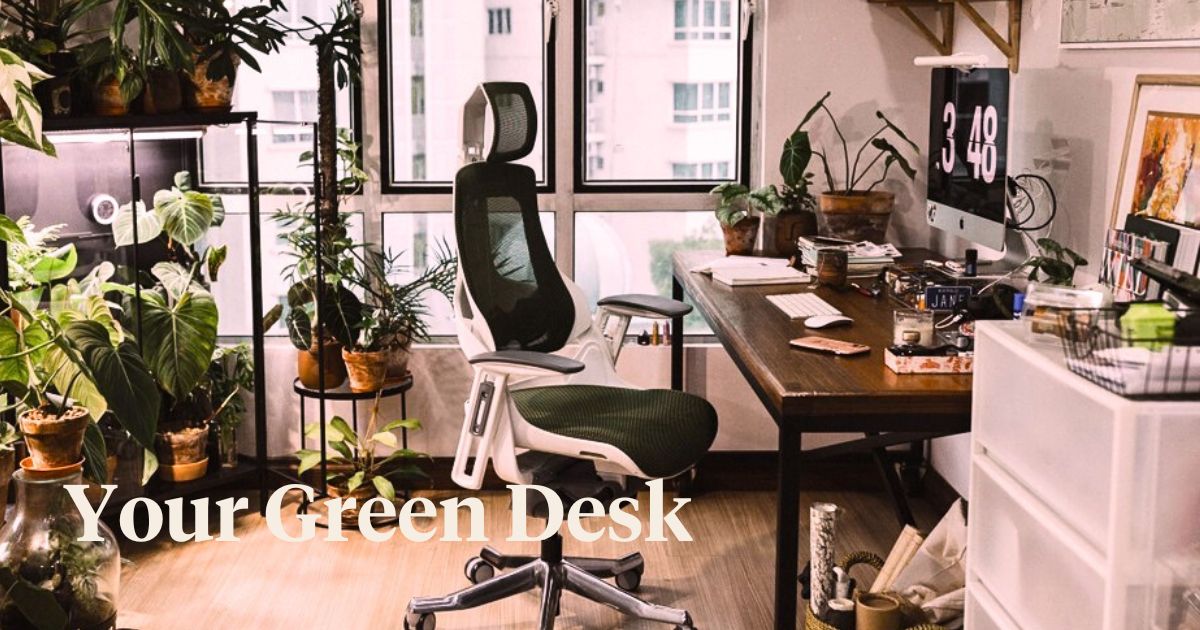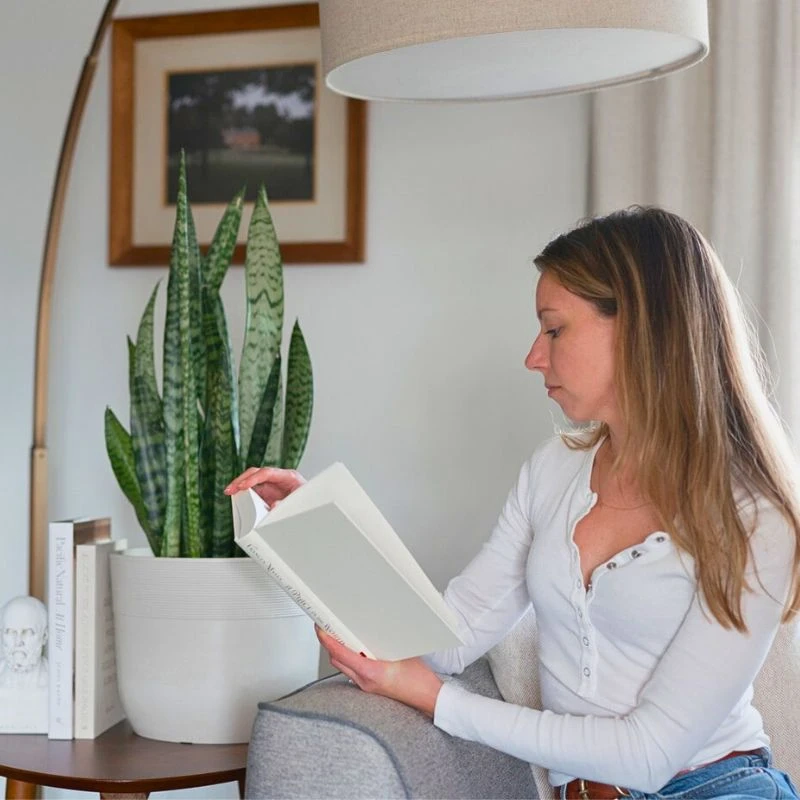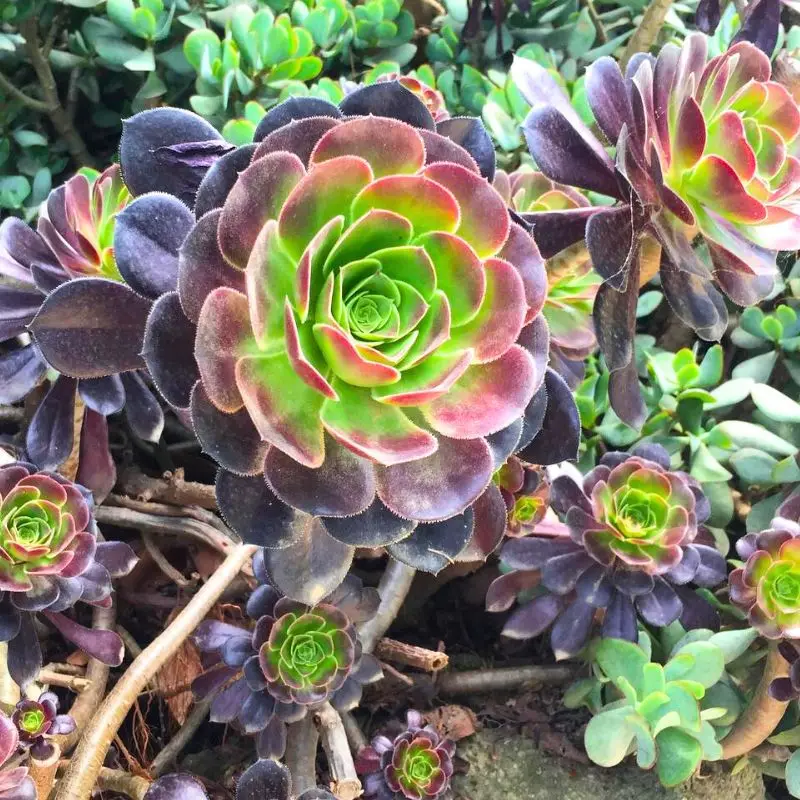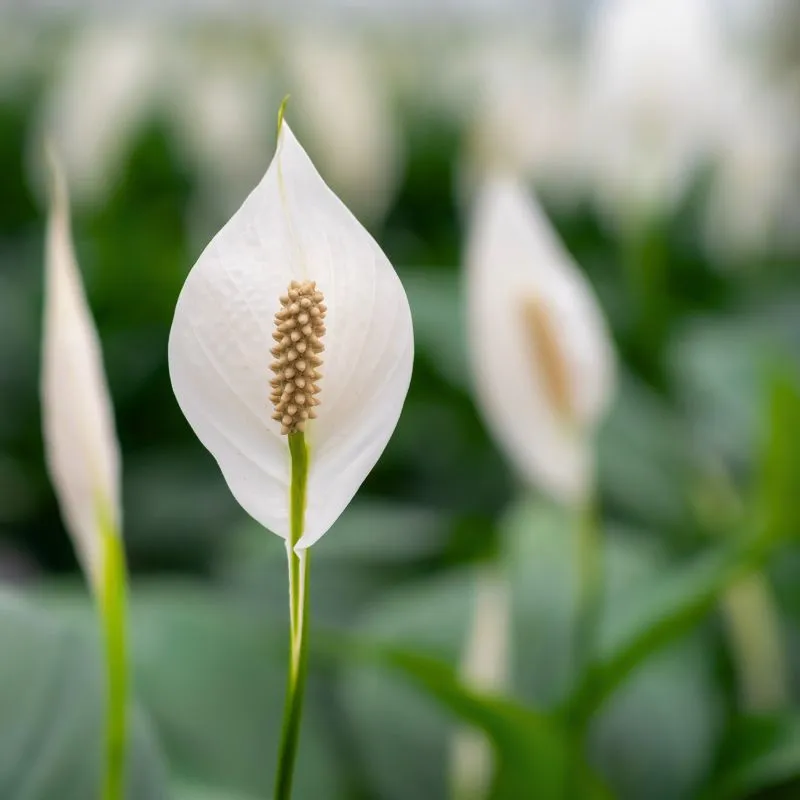Plants can really transform your workspace into a more peaceful and engaging environment but if you don't have those green thumbs, buying a random plant for eye-pleasing reasons might not be the best way to go. With this simple guide to the best plants for on your desk, you can avoid ending up with a dead plant cemetery in your (home)office.
What Are the Best Plants For on Your Desk?
Office life can usually be a little stressy and messy - did I just forget to eat lunch again? - but that doesn't mean you can't incorporate a little bit of life into your work environment that will take up too much of your valuable time. The plants in this article are all fairly low-maintenance houseplants that can easily thrive in lower light and will bounce right back after missing a drink of water. Plants do not only carry various (mental)health benefits, they also just add a lot of warmth and life to an otherwise generally boring space. Whether or not your office is spacious and bathed in sunlight or you're confined to a dark cubicle all day, these 10 plants for on your desk will survive either way.
Ficus
With its glossy leaves and light gray trunk, the ficus tree, or weeping fig, is a pretty, graceful plant that’s been popular for decades. They are slow growers but with the proper care, they can live for decades. The ficus likes bright, indirect light and steady temperatures between 16°C and 21°C. Just make sure you don't put them too close to an open window or a door that opens and closes all day long as people come and go into the office because this plant doesn't mix very well with cold drafts.
---on-Thursd.jpg)
Keep the soil moist (not wet) during the summer and let it dry before you water it during the winter months. If you enjoy playing around with a spray bottle, do it! These plants love a bit of humidity - as long as you don't overwater them. The Fiddle-Leaf Fif is a Ficus variety that is also one of the 35 Best Indoor Plants That Clean the Air and Remove Toxins.
Pothos
Pothos, also known as devil's ivy, is a very undemanding plant that requires little to no care. Whether you're stuck in a dark cubicle or are bathing in sunlight in your spacious office, this plant will survive. Even when you forget to water it.
You can place your pothos plant in soil or in a vase with water, as this plant seems to thrive no matter the circumstances. Just keep in mind that devil's ivy is poisonous, so hold back on petting your plant, as it could cause a skin rash. You can easily gauge what kind of care it needs by looking at it; yellow leaves mean your pothos plant is overwatered, while a droopy plant is begging you for a drink.
Read all about Pothos here: 'Pothos Plants - Care & All There’s to Know About This Houseplant'.
Cacti
When all else fails, buy a cactus. Even the biggest plant noob can take care of this hardy plant. Cacti are commonly found in dry, harsh desert environments, which makes them one of the very few plants that actually thrive on neglect. They love sunlight so if you have a windowsill near your desk, you can put it right there.

Cacti come in a vast range of shapes and sizes from the petite to the grand, giving you a plethora of options that fit your personal taste. During the summer they prefer to be watered about once a week. During the winter, once a month should be enough. It's best to let the soil dry (you can easily check this with your finger) before you give it a good drink of water. Just make sure you drain all the water so they won't rot. Some cacti are dangerous for children and pets, so make sure to avoid these when, for example, working from home.
Bamboo
Dracaena sanderiana, also known as lucky bamboo, does not only need very little light, it will also give your workspace a much-needed feng shui boost. In Chinese practices, it is said to represent good luck and happiness. Lucky bamboo is easy to care for, making it a great addition to your office.
---on-Thursd.jpg?1647334109197)
It's happy growing in soil or water but will have the longest life when grown in soil. If grown in water, it should be replaced every week. If planted in soil, you only have to keep it slightly damp; don't overwater it or let it get too dry. Indirect sunlight is its fave and lucky bamboo can survive in a temperature range between 18–35°C. Interesting side note: it's known to repel evil spirits, including annoying coworkers.
This little plant is also ideal for your bathroom to absorb moist from the air.
Succulent
Succulents are one of the best plants for on your desk. Succulents are waxy plants that store water in their thick leaves. That does not only make them look stinkin' cute but also makes them fairly easy to care for.
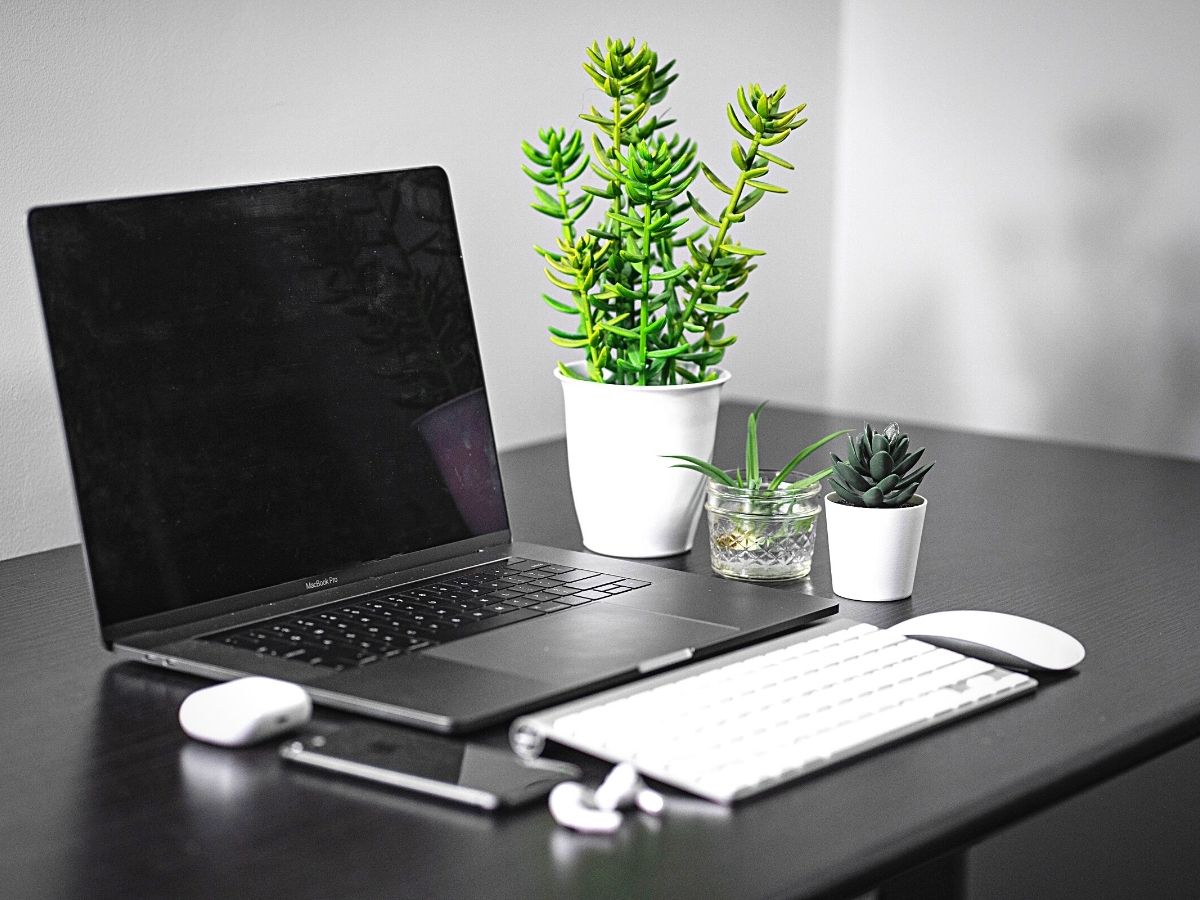
When growing indoors, these plants need medium to high light. Because they store water in the stems and roots as well, be sure not to overwater them. Depending on the size of the pot you keep them in (smaller pots need to be watered more frequently), the soil, and the temperature in your workspace, you generally only have to water them every 2 to 5 weeks.
Peace Lily
Spathiphyllum, aka peace lilies, have very wide deep green leaves and grow stunning white flowers to which this plant has earned its name. They are a popular office plant because they don't need a lot of light and are very forgiving if you overwater them occasionally.
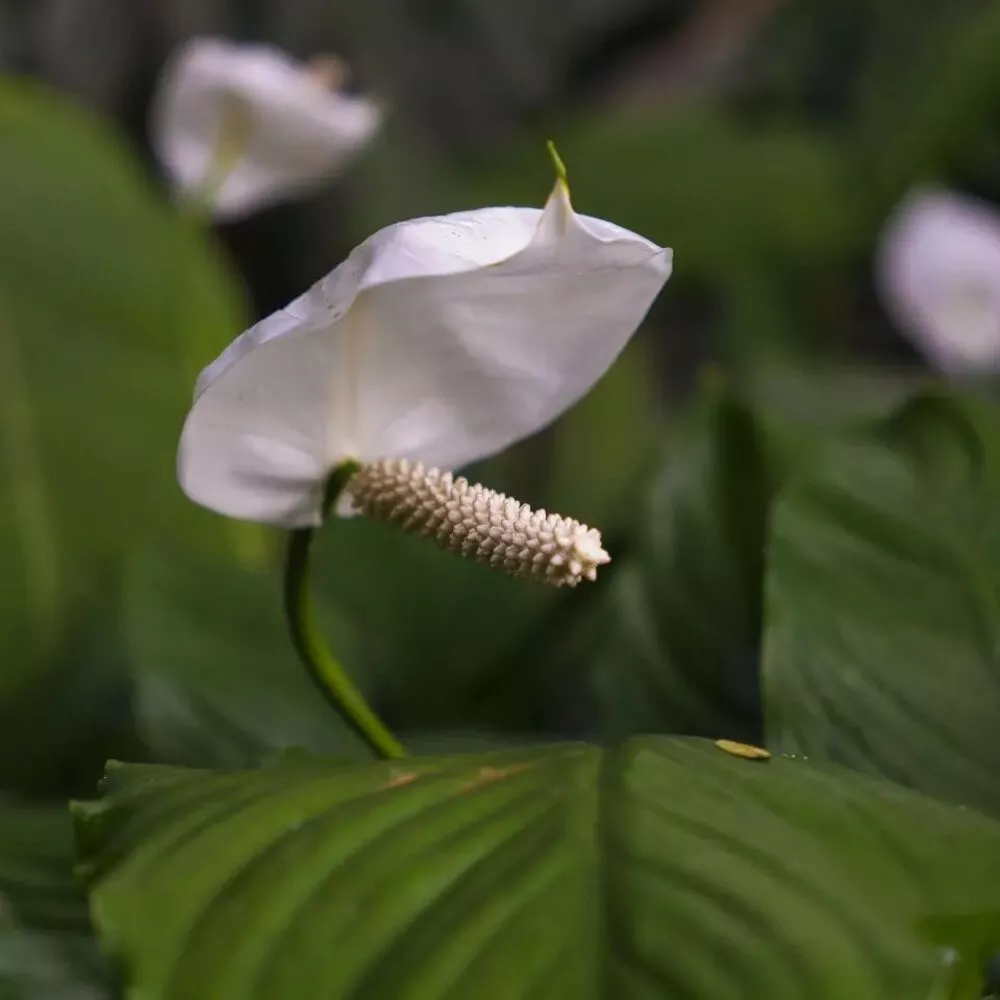
Besides this, the peace lily plant is also known for cleaning the air, helping to remove toxins, and just basically help create a nicer environment to work in. A very focal plant that is tolerant of low light and keeps on growing. Just keep the soil moist (not wet) and mist the leaves on a regular basis. Put it in medium light if you want to see those pretty white flowers bloom. Do this, and you'll end up with a very happy plant.
Aloe Vera
Plants from the aloe genus, especially the aloe vera, are great plants for on your desk. They are super easy to care for and require very little attention. Forgot to water your aloe vera? No problemo. It's actually worse to overwater them than to underwater them. It's best to place them near a window, as they do like to soak up some sunlight (preferably a south or west exposure). Don't place them against a window though because the hot glass will cause your aloe vera plant to burn.
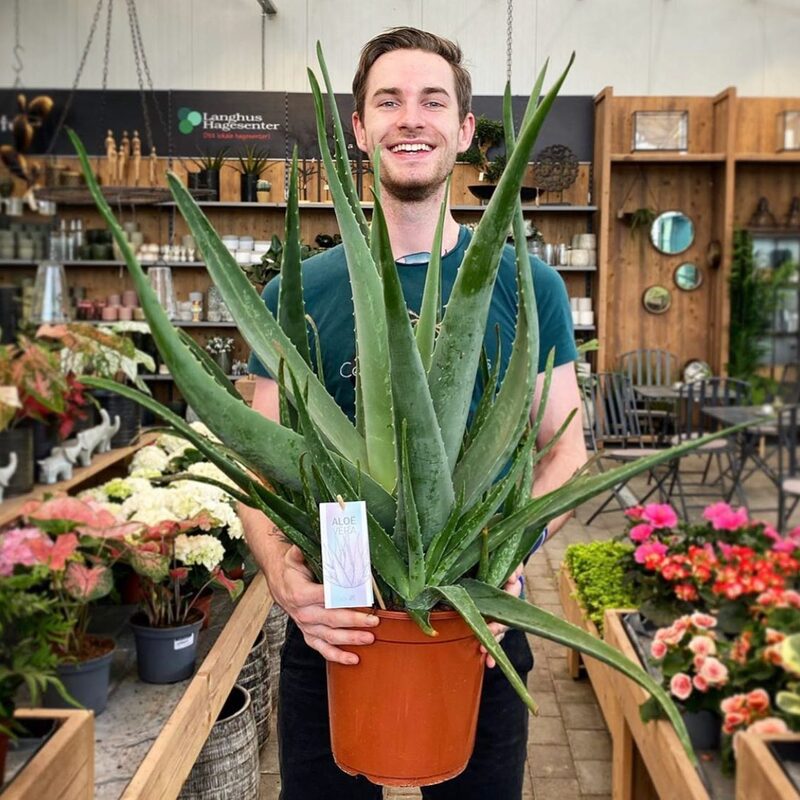
Watering once a month should be plenty enough. You can easily check this by sticking your finger into the soil. Is it nearly dry? Give your aloe vera a tall drink but make sure all that water drains out (their fleshy leaves and roots can rot out). Keep in mind that aloe vera keeps growing so you might have to buy a bigger pot every once in a while. This plant is a variety that according to Vastu Shastra a plant that brings luck to your home. It even is a healing and medicinal plant!
Philodendron
There are several hundred species of philodendron plants and they come in all kinds of colors, leaf shapes, and sizes. They look similar to the pothos, but are indeed different. Their leaves are a little tougher and have a matte finish.
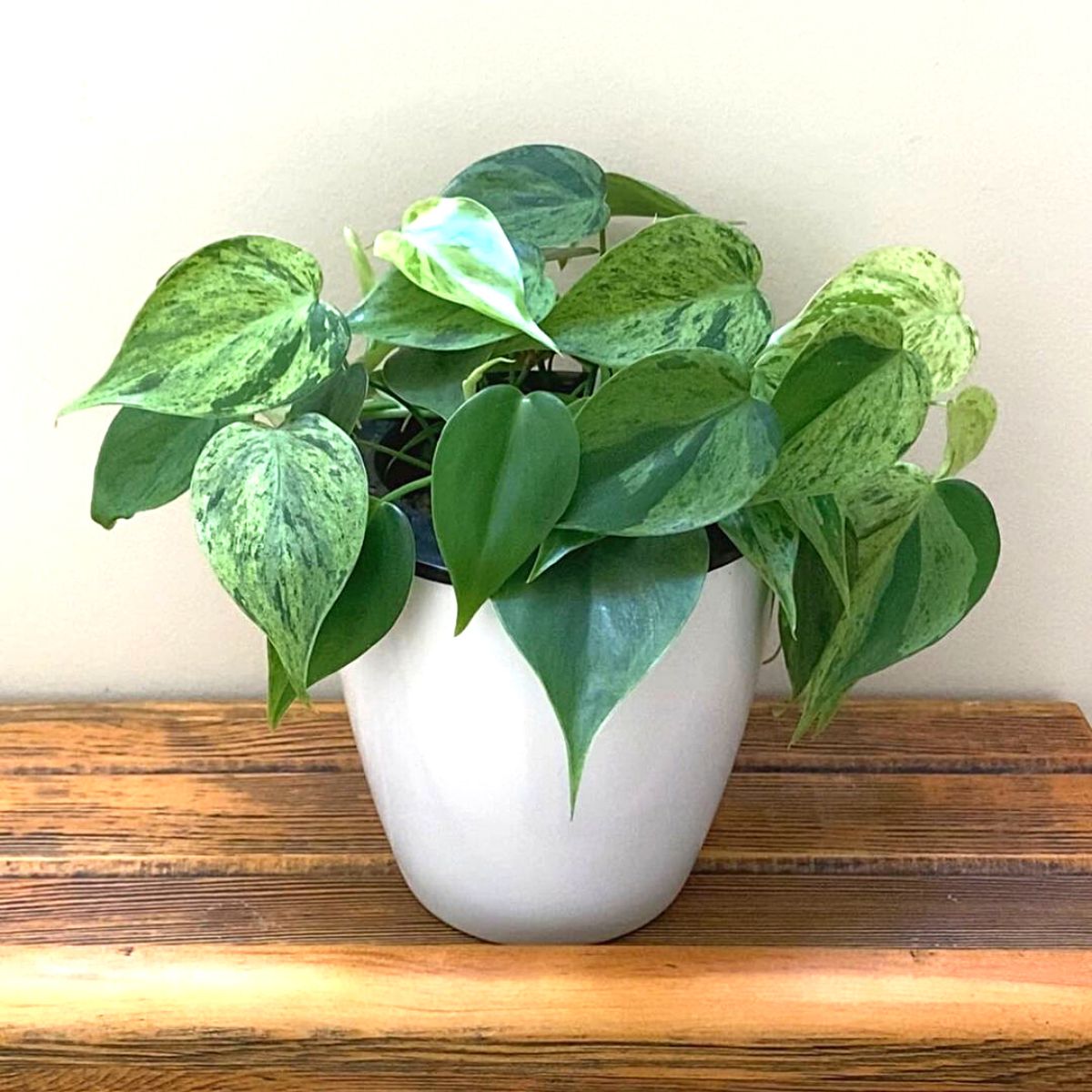
Philodendrons are good at adapting to their environment, making them one of the most ideal office plants. With its big, decorative leaves it is very aesthetically pleasing and the philodendron's air-purifying abilities will help you get rid of those stress-inducing pollutants in your workspace. When taking care of this plant, allow the soil to dry completely between waterings. Droopy leaves indicate too much or not enough water, so stick your finger in that soil and adjust accordingly. You can find many different varieties of this plant, even some with red leaves.
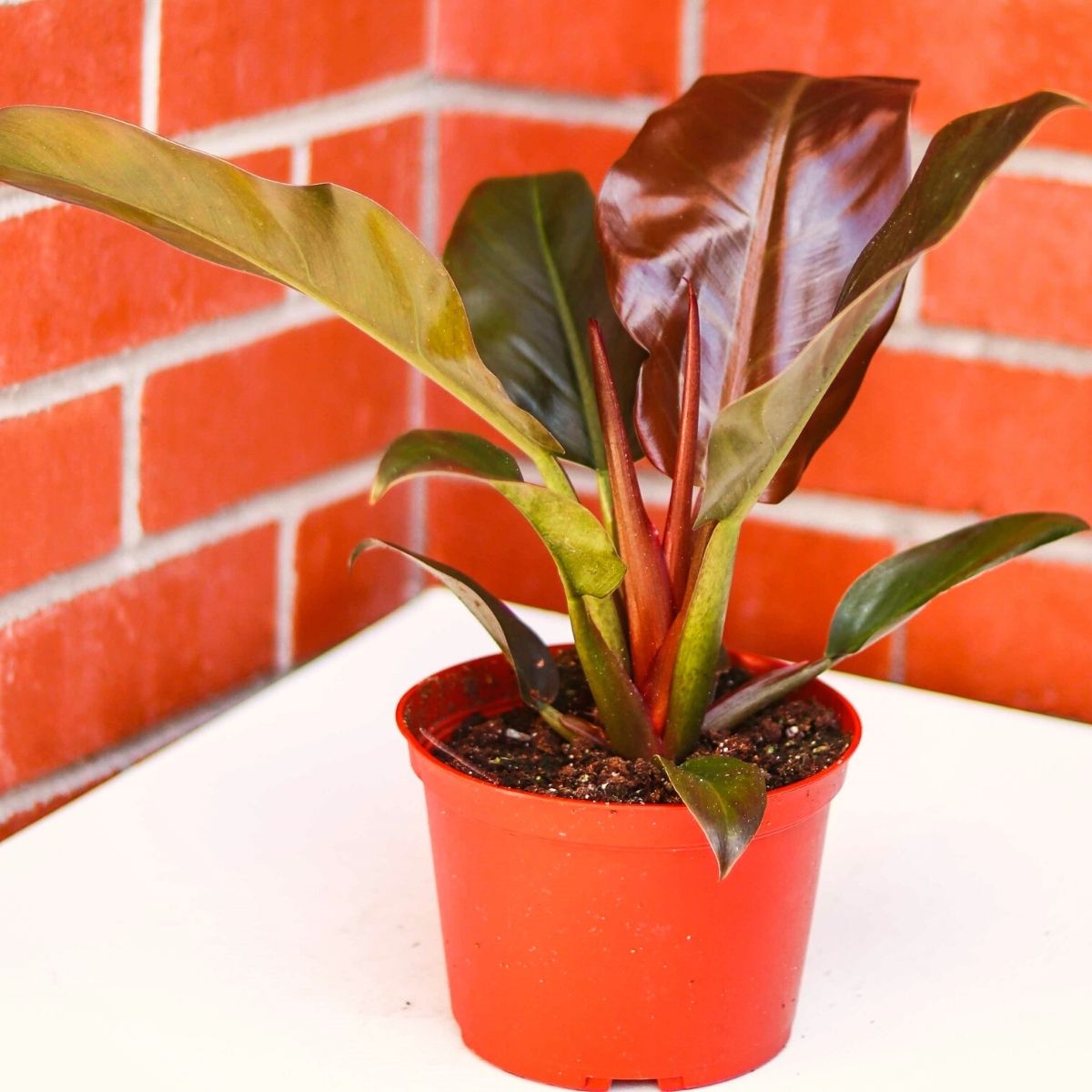
Zamioculcas Zamiifolia
ZZ plants are your no-fuss friends that do well in an office space. Bright light is good for them but not essential. The zamioculcas zamiifolia grows fine with low levels of light, but it's best to avoid direct sunlight.
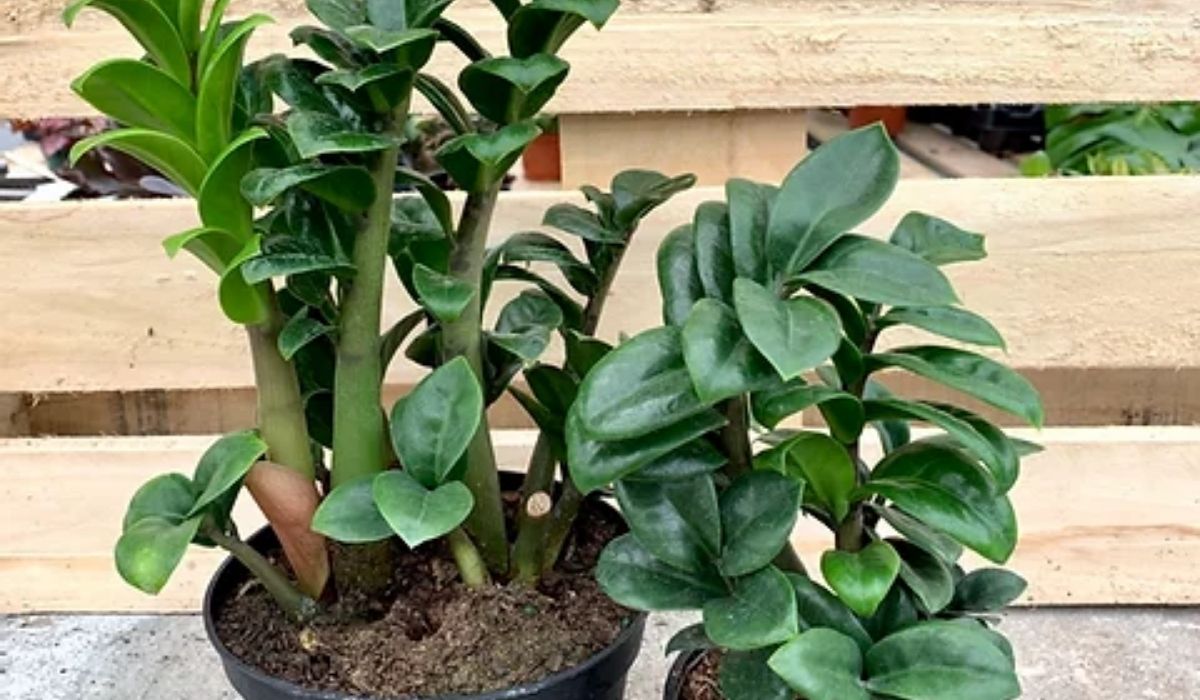
This plant doesn't really care about where it is displayed. The place where it grows just needs to be able to accommodate its size in diameter, seeing as it can become over 2ft once it matures - the perfect plant for on the table in the boardroom. They also require little water, like a cactus, so you don't have to worry about watering them all the time. It's best to allow the soil to become dry at the top (to the touch) between watering. ZZ's are hardy plants so when the leaves start falling off, that's your sign from the universe that it needs a good drink of water (don't worry, it will bounce right back).
Instead of constantly buying new plants, many plant parents try their luck with propagating their houseplants by themselves, this plant is a good example of such a plant.
Sansevieria
Sansevierias - aka snake plants - are one of the hardiest houseplants so they are basically designed for the kind of people who can barely find 10 minutes to eat lunch, let alone water a plant. Its strappy leaves make a nice statement and look great in those sleek, modern offices.
-Strongest-Houseplants--on-thursd.jpg)
These plants can survive in pretty much any light condition, just keep them out of direct sunlight, as the leaves will burn in a heartbeat when you do. Make sure the soil is almost completely dry before you water it, which should be every 2-6 weeks, depending on the environment you keep your sansevieria in. If you're one of those people who come into their office sporadically, travel often, or just plain forget to water your plants, the sansevieria is your new best buddy.
Header and featured image by @janethecrazy

